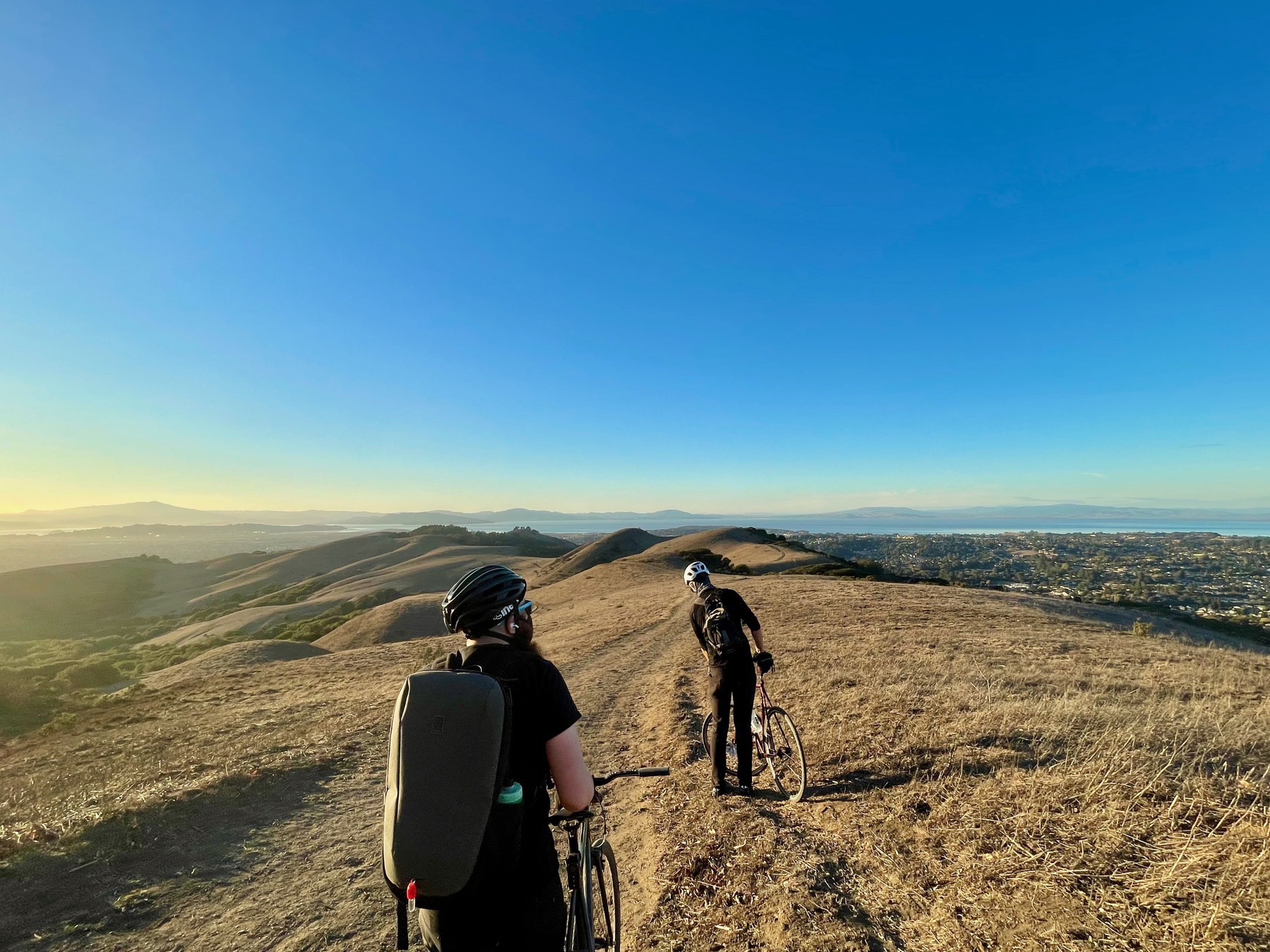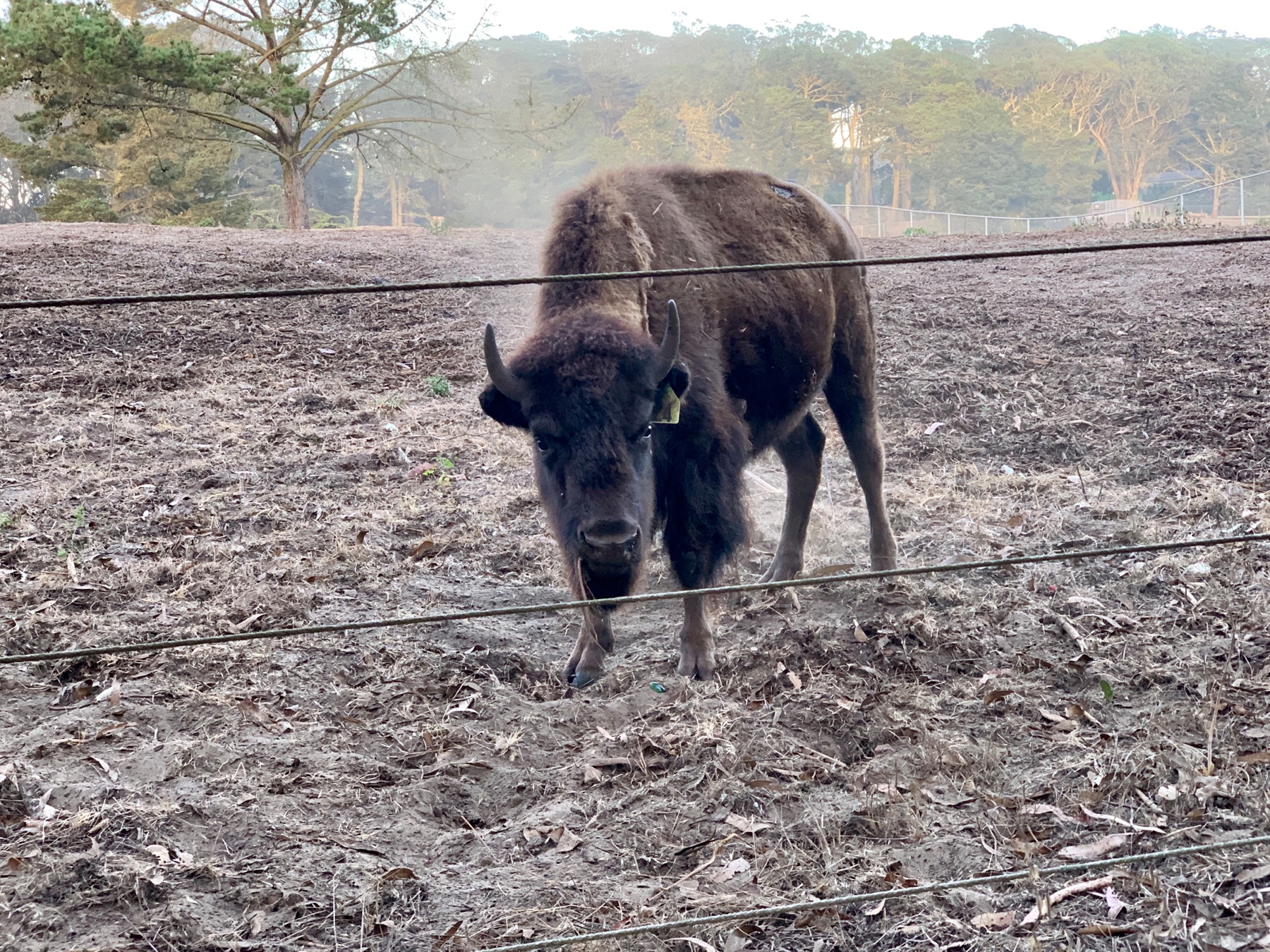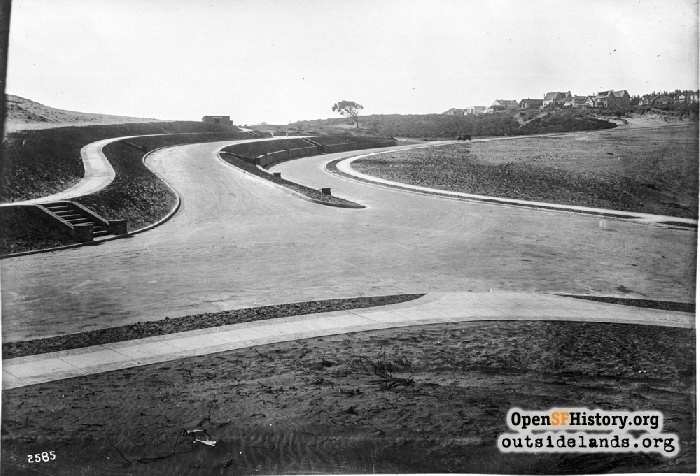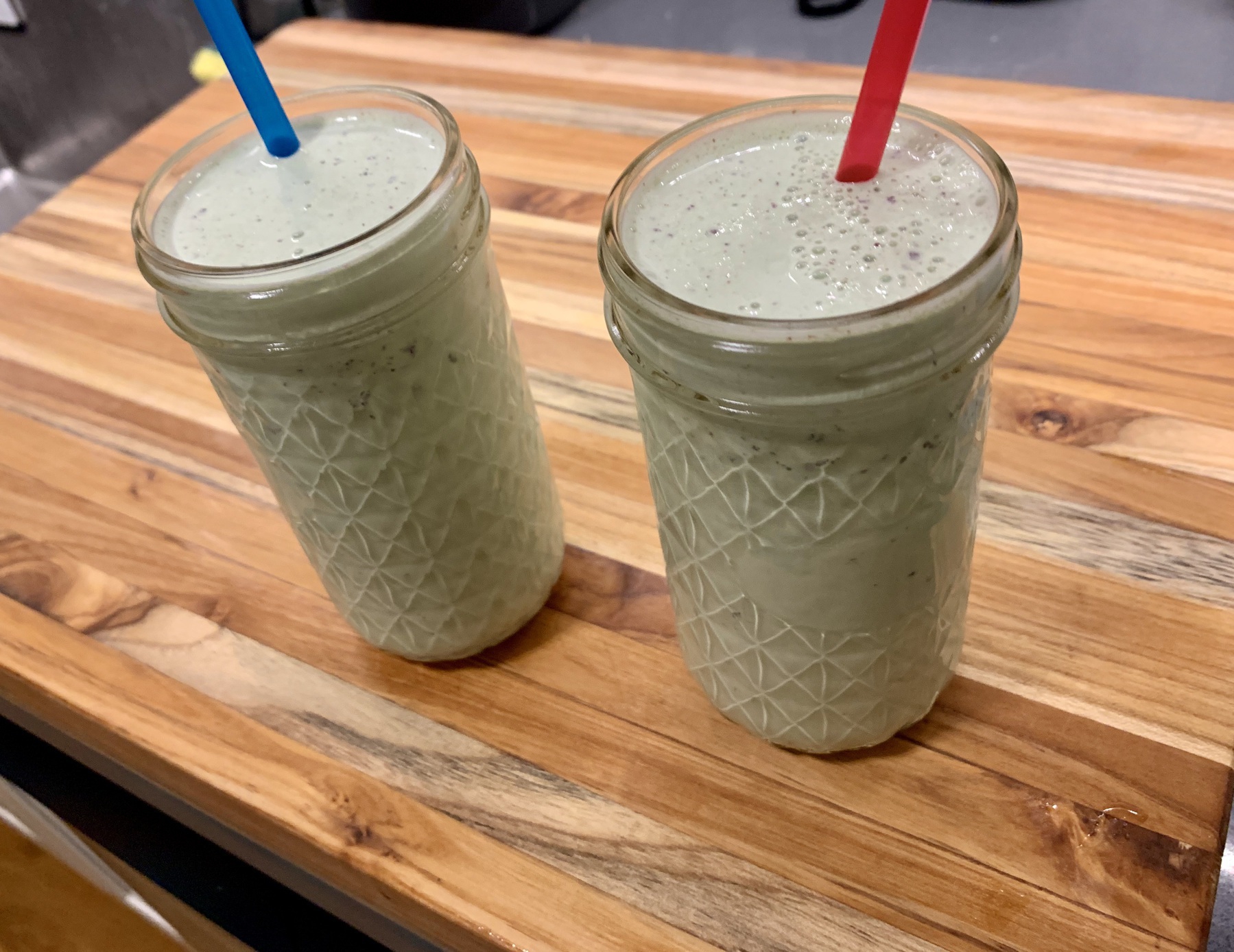My Annotated Highlights from Crucial Conversations
Sometime last year I shared with some friends that I got into a serious conversation with someone and while I didn’t say anything I regretted, I was upset with how tense I felt and how I could feel my anger through the conversation rising. Despite it being over chat, I was shaking a bit and could feel my face was red afterward. After hearing this, @othiym23 recommended I read the book Crucial Conversations. While I can’t say it was the most fascinating or fun read, I think it does give you a nice set of tools to have better, more productive, conversations. Here are my highlights from it, along with some thoughts about them.
I started annotating these months ago, but 2020 being 2020, I got a bit distracted and only finished this now, despite having continued reading and highlighting 😓
When stakes are high, opinions vary, and emotions start to run strong, casual conversations transform into crucial ones. Ironically, the more crucial the conversation, the less likely we are to handle it well. The consequences of either avoiding or fouling up crucial conversations can be severe. When we fail a crucial conversation, every aspect of our lives can be affected—from our careers, to our communities, to our relationships, to our personal health.
It’s frustratingly true that the more serious a conversation gets, the easier it is to fuck it all up.
When it comes to risky, controversial, and emotional conversations, skilled people find a way to get all relevant information (from themselves and others) out into the open. That’s it. At the core of every successful conversation lies the free flow of relevant information people openly and honestly express their opinions, share their feelings, and articulate their theories.
While it sounds so simple in retrospect, I think it’s pretty important to realize a good conversation is just one where everyone can speak, get their thoughts out, and hear everyone else’s. It goes poorly when we start to clam up or get too frustrated to seriously consider what others are saying.
This is what most people have in mind when they think of crucial conversations. How do I express delicate feedback? How do I speak persuasively not abrasively? And how about listening? Or better still, what can we do to get people to talk when they seem nervous? And how do we move from thought to action?
The conversation that lead to this was one where I was attempting to speak persuasively but instead just grew frustrated. I doubt (and hope!) I wasn’t abrasive, but the goal of presenting my point without being frustrated is why I read this.
Here’s how people who are skilled at dialogue stay focused on their goals—particularly when the going gets tough.
Work on Me First, Us Second
- Remember that the only person you can directly control is yourself.
Focus on What You Really Want
- When you find yourself moving toward silence or violence, stop and pay attention to your motives.
- Ask yourself: “What does my behavior tell me about what my motives are?
- Then, clarify what you really want. Ask yourself: “What do I want for myself? For others? For the relationship?”
- And finally, ask: “How would I behave if this were what I really wanted?
Refuse the Fool’s Choice
- As you consider what you want, notice when you start talking yourself into a Fool’s Choice.
- Watch to see if you’re telling yourself that you must choose between peace and honesty, between winning and losing, and so on.
- Break free of these Fool’s Choices by searching for the and.
- Clarify what you don’t want, add it to what you do want, and ask your brain to start searching for healthy options to bring you to dialogue.
These steps are quite helpful. For future reference “silence or violence” means either shutting up completely or starting to lash out and be mean or force information into the conversation that isn’t completely true or helpful. The “fool’s choice” is that there can only be one winner of this conversation, when rather, the ideal outcome is for everyone involved to be on the same page. The “and” being referred to is combining what you don’t want and what you do. For example “How can I have this conversation and avoid creating bad feelings or wasting time?”
We’re suggesting that people rarely become defensive simply because of what you’re saying. They only become defensive when they no longer feel safe. The problem is not the content of your message, but the condition of the conversation.
It’s interesting to reframe defensiveness this way. I think it makes complete sense, but it certainly wasn’t intuitive to me.
To find out, fill out the survey on the following pages. Or, for easier scoring, visit www.crucialconversations.com/exclusive.
Here are my results, with the highest score being a 3 in each category. Not great, but not terrible.
- Start With Heart: 1
- Learn To Look: 0
- Make It Safe: 2
- Master My Stories: 3
- STATE My Path: 2
- Explore Others' Paths: 0
- Move To Action: 2
When caught up in a crucial conversation, it’s difficult to see exactly what’s going on and why. When a discussion starts to become stressful, we often end up doing the exact opposite of what works. We turn to the less healthy components of our Style Under Stress.
Learn to Look
To break from this insidious cycle, Learn to Look.
- Learn to look at content and conditions.
- Look for when things become crucial.
- Learn to watch for safety problems.
- Look to see if others are moving toward silence or violence.
- Look for outbreaks of your Style Under Stress.
This list of things to look for during conversations is great.
Step Out
When others move to silence of violence, step out of the conversation and Make It Safe. When safety is restored, go back to the issue at hand and continue the dialogue.
Decide Which Condition of Safety Is at Risk
- Mutual Purpose. Do others believe you care about their goals in this conversation? Do they trust your motives?
- Mutual Respect. Do others believe you respect them?
Apologize When Appropriate
- When you’ve clearly violated respect, apologize.
Contrast to Fix Misunderstanding
- When others misunderstand either your purpose or your intent, use Contrasting. What with what you don’t intend or mean. Then explain what you do intend or mean.
Create a Mutual Purpose
- When you are at cross-purposes, use four skills to get back to Mutual Purpose:
- Commit to seek Mutual Purpose.
- Recognize the purpose behind the strategy.
- Invent a Mutual Purpose.
- Brainstorm new strategies.
Jeez this book is so self-help-y, but I must admit there is value. I’ve already applied looking for when others move to silence or violence and helped restore safety to conversations. I can’t say I may necessarily remember their acronym of CRIB ever, but the basics of this chapter is solid and super helpful.
If strong emotions are keeping you stuck in silence or violence, try this.
Retrace Your Path
Notice your behavior. If you find yourself moving away from dialogue, ask yourself what you’re really doing.
- Am I in some form of silence or violence?
Get in touch with your feelings. Learn to accurately identify the emotions behind your story.
- What emotions are encouraging me to act this way?
Analyze your stories. Question your conclusions and look for other possible explanations behind your story.
- What story is creating these emotions?
Get back to the facts. Abandon your absolute certainty by distinguishing between hard facts and your invented story.
- What evidence do I have to support this story?
Watch for clever stories. Victim, Villain, and Helpless Stories sit at the top of the list.
Tell the Rest of the Story
Ask:
- Am I pretending not to notice my role in the problem?
- Why would a reasonable, rational, and decent person do this?
- What do I really want?
- What would I do right now if I really wanted these results?
There are so many small steps like this that the book recommends that are so hard remember. I highlighted a lot of them to remember them for the future
When you have a tough message to share, or when you are so convinced of your own rightness that you may push too hard, remember to STATE your path:
- Share your facts. Start with the least controversial, most persuasive elements from your Path to Action.
- Tell your story. Explain what you’re beginning to conclude.
- Ask for others’ paths. Encourage others to share both their facts and their stories.
- Talk tentatively. State your story as a story—don’t disguise it as a fact.
- Encourage testing. Make it safe for others to express differing or even opposing views.
Yet another one of their acronyms to try to remember. They are helpful when trying to remember and re-learn a skill. I think a lot of this book will require me to return to and re-read and attempt to practice over and over.
Turn your successful crucial conversations into great decisions and united action by avoiding the two traps of violated expectations and inaction.
Decide How to Decide
- Command. Decisions are made without involving others.
- Consult. Input is gathered from the group and then a subset decides.
- Vote. An agreed-upon percentage swings the decision.
- Consensus. Everyone comes to an agreement and then supports the final decision.
Finish Clearly
Determine who does what by when. Make the deliverables crystal clear. Set a follow-up time. Record the commitments and then follow up. Finally, hold people accountable to their promises.
Following up and figuring out how to make the decision is the goal of so many hard conversations. This framework definitely helps figuring out how to make those happen. I have also found these four different ways of deciding quite helpful. I’ve been thinking through work decisions and how they’re made with these in mind already!

















